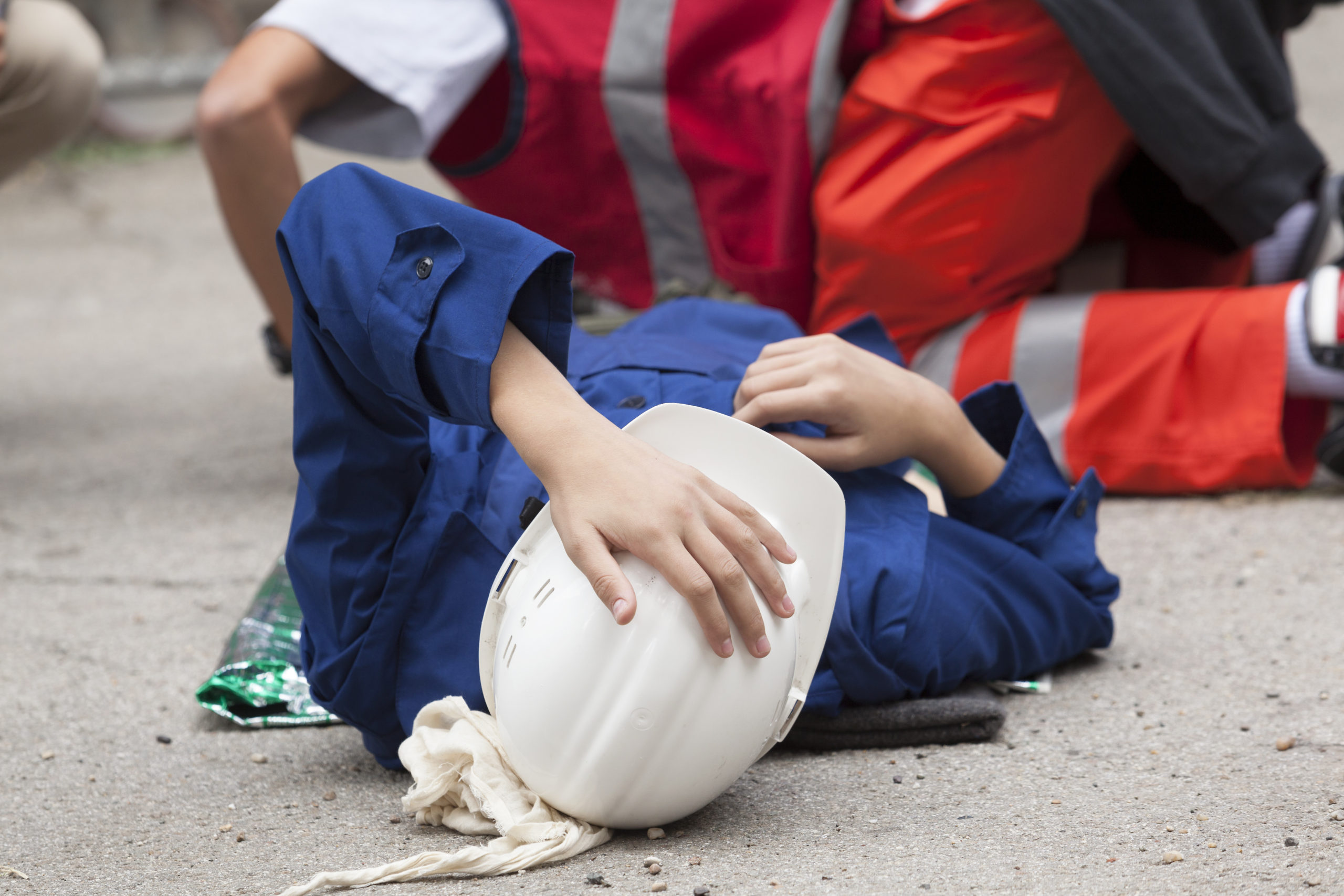 Construction workers are at a high risk of death due to falls from heights. In fact, data from the US Bureau of Statistics shows that 33.5% of construction worker deaths occur due to falls. Construction companies must take measures to protect their workers from falls, and workers must be aware of the dangers of working at heights. However, some construction companies do not take responsibility for the safety of their workers.
Construction workers are at a high risk of death due to falls from heights. In fact, data from the US Bureau of Statistics shows that 33.5% of construction worker deaths occur due to falls. Construction companies must take measures to protect their workers from falls, and workers must be aware of the dangers of working at heights. However, some construction companies do not take responsibility for the safety of their workers.
A qualified New York construction accident lawyer can help you investigate an accident, gather evidence, and build a strong compensation case. You may be entitled to recover medical expenses, lost wages, and other damages if you have been injured. An attorney at Wingate, Russotti, Shapiro, Moses & Halperin, LLP can help you negotiate with the insurance company and ensure you get the compensation you deserve. Call (212) 986-7353 for a consultation.
Construction Accidents
One of the most common causes of construction fall accidents is defective safety belts. Belts that are not properly maintained or not correctly used can fail to provide the necessary support and protection for workers, resulting in serious injuries or even death.
Workers are often unaware of the dangers of defective safety belts until it is too late. Once a fall occurs, it is often difficult or impossible to recover from the injuries sustained.
Workers who feel uncomfortable using a safety belt should not hesitate to ask for help from their supervisor or a qualified safety professional. By educating themselves on the dangers of falls and the importance of using safety belts, workers can help prevent construction fall accidents.
Employer’s Legal Liability
To work construction within New York City, workers must have 40-55 hours of safety training. After increased construction accident fatalities in recent years, the city council enacted this law in an attempt to improve safety standards.
Workers’ compensation insurance pays for workplace injuries that happen while an employee is working, no matter who was at fault or what caused the injury. The only time an employee isn’t covered is if they were grossly negligent, but this rarely happens. In exchange for this no-fault, not-too-many-questions-asked coverage, the employee agrees to give up their right to sue their employer in almost all cases.
However, there are a few exceptions to the rule. According to New York law, general contractors have the following responsibilities:
NYCL Labor Law (LAB) § 240 states that it is the responsibility of all general contractors and project owners to provide workers with “scaffolding, hoists, stays, ladders, slings, hangers, blocks, pulleys, braces, irons, ropes, and other devices,” that can give, “proper protection” while on the job.
NYCL Labor Law (LAB) § 200 states general contractors must also ensure that work sites are “constructed, equipped, arranged, operated, and conducted as to provide reasonable and adequate protection to the lives, health and safety of all persons employed therein or lawfully frequenting such places.”
Common Construction Fall Injuries
Construction falls are a leading cause of injuries and fatalities in the construction industry. Every year, thousands of workers are injured in falls from scaffolds, ladders, and roofs. Many of these injuries are serious, and some are even fatal. A few common injuries caused by falls include:
- Broken bones
- Spinal cord damage
- Traumatic brain injury
- Head trauma
- Amputation
- Permanent disabilities
- Death
Hire Wingate, Russotti, Shapiro, Moses & Halperin, LLP for Construction Accident Cases
Construction site accidents can be caused by various factors, including negligence by the property owner, contractor, or another worker. If you have been injured in a construction site accident, you may be able to recover damages for your medical expenses, lost wages, and pain and suffering.
Wingate, Russotti, Shapiro, Moses & Halperin, LLP can help you file a claim against the responsible party and fight for the compensation you deserve. Contact (212) 986-7353 today to discuss your case.